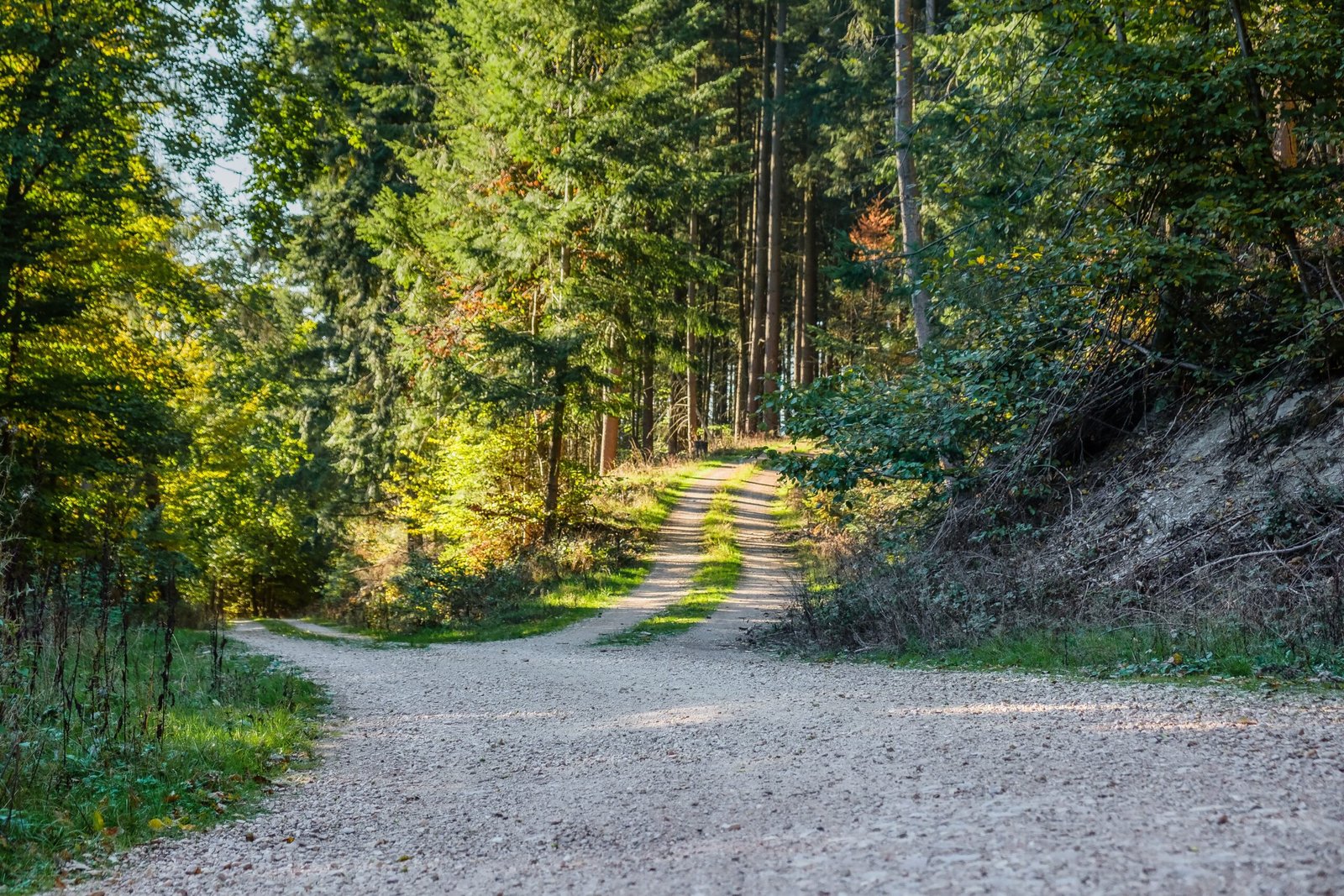
Talking about tigers and wild animals in India, then how can you forget zones of Ranthambore National Park! It is India’s largest wildlife national park located in Rajasthan in the district of Sawai Madhopur.
Being a splendid jungle, it’s rich in flora and fauna, has a huge majestic fort, spectacular attractive heritage sites, and divine temples. However, Ranthambore is not only known for its wild animals, but it is also famous for its natural beauty and landscape.
Being the most beautiful place in Rajasthan, it is rich and abundant in different species of animals, birds, trees, and plants. Surrounded by all these, the national park has tons of Major Attractions to Visit in Ranthambore Tiger Safari!
Whenever tourists make plans to do a jungle safari in the Ranthambore wildlife sanctuary, the biggest question that comes to their mind is “which is the best zone in Ranthambore national park?”
Therefore, let’s tell you –
Everything About Ranthambore National Park Zones!
There are 10 Ranthambore national park zones named from zone 1 to zone 10. Previously, there were only 5 zones open; however, with the growing popularity of the park, 5 more zones were added.
The Ranthambhore Tiger Reserve is popularly known as Critical Tiger Habitat (CTH) with a 1700 sq km area and is full of tourist destinations. Moreover, as per the guidelines of the Indian Supreme Court, only 20% of the park is open for tourism activities such as jungle safaris.
As per the Indian Supreme Court guideline, only 20% part of the Tiger reserve is open for tourism activities like Jungle safaris. The buffer zone is in the Karauli district. The complete area is divided into two parts:
The first part is the Ranthambore division and here the population of the tiger is booming. The second part is the Kailadevi division and tigers in this area are less populated.
Many prefer Zones 1-5 as the Ranthambore best zones to spot tigers. Though Zones 6-10 can offer sufficient opportunities to sight the tigers, that depends on your luck. Moreover, Zone 2 has numerous water lakes and offers chances to spot leopards.
Which is the Best Ranthambore National Park Zone?
In the last many years, tourists have seen more tigers in safari zones 2, 3, 4, and 5. Zone 3 and 4 with their beautiful natural lakes and landscapes are the most preferred safari zone for tourists. Furthermore, the presence of big lakes like Padam Lake, Rajbagh Lake, and Malik Lake makes these zones perfectly habitable for the tigers.
On the other hand, Zone 6 Kundal is completely different in the landscape. Also, it offers you the best opportunities to spot birds, migrating birds, and extinct Red-Headed Vultures. If you are especially visiting this zone, then Keep a few things in Mind While Exploring Ranthambore National Park!
Zone 1, 7, 8 & 10 gives less chance to spot tigers; however, you would see other animals here that you see on televisions. Yes, these zones also have a decent tiger population along with other wild animals.
With your guides, you can visit the magical Balas, Chidikho, Aantri, and Kundaa areas. These areas provide you with different scenic views of the Aravalli Hills. This is one of the ideal places to visit and go on safari in Ranthambore National Park.
All these zones’ landscape is made of rugged hillsides and is the best habitable area for the leopards, Honey Buzzard, Hyenas, Indian Courser, Sloth bear, and many more.
Your Tiger sighting entirely depends on its prey density, the environment, climate, visibility, and the last trademark of the Tiger. If there are clear territory specifications, alerts, alarm calls, and scavengers’ presence, you can see tigers in this tiger reserve.
If you can’t see a tiger in 3-4 safaris, then you have bad luck. Therefore, we advise not to focus just on tigers but focus on other interesting wildlife sights.
Where Are the Tigers in Ranthambore?
There is no special dedicated zone to see tigers. While doing a safari in any zone in Ranthambore, the Tiger sighting is based on your patience, persistence, and pure luck.
Here, we have made it easy for you by telling the territories of individual tigers as per the above-mentioned zones of Ranthambore:
- Zone 1: T-57,T-39 (3 cubs),T-84
- Zone 2: T-60 (3 cubs), T-39 (3 cubs),T-57, T-85,T-84, T-63.
- Zone 3: T-19,T-28,T-84 and T-85.
- Zone 4: T-19, T-28, T-85,T-84,T-74,T-75,T-41 with her cubs.
- Zone 5: T-28, T-64, T-19, T-74,T-75, T-41 (2 cubs),T-83 and T-73 (2 cubs).
- Zone 6: T-34,T-57, T-08 and T-58.
- Zone 7: T-34,T-08,T-58 and T-61 (2 cubs).
- Zone 8: T-58,T-08,T-34 and T-61 (2 cubs).
- Zone 9/10: T-42,T-43, T-13 and T-59.
The tourists can choose any zone, enjoy the beauty and landscape of the jungle. Don’t worry, the safaris in Ranthambore National Park are safe and comfortable.
Notwithstanding, the timing to visit the park by famous tourist places is vital. The best time to visit Ranthambore is before and afterward the rains. Besides, the place can heat up to 40°C, and this can additionally go down to 4°C in the winters.
While there is nothing of the sort called the greatest month to see tigers in Ranthambore; assuming your luck is sufficient. You can see the one passing your jeeps and canters, or you might see as one, hunting deer or peacocks!
The safari timings are fixed, i.e., once toward the beginning of the day and the next following in the evening. The Ranthambore authorities have pre-assigned ways and timings for jeep safari and canter safari. Remember, that canters are not permitted in zone number 7, 8, and 10 because of steep trips and sloping tracks.
Now tell us which is the best zone in Ranthambore national park to visit? We are essentially certain that your excursion to Ranthambore National Park includes a tourist perspective and touring areas.
In addition to it, it will be more exciting if you do Ranthambore national park safari booking from the Indian Inspire Journey. We quote budget spending plans and consistently maintain the emphasis on moderateness and the best visiting experience.




No comment yet, add your voice below!